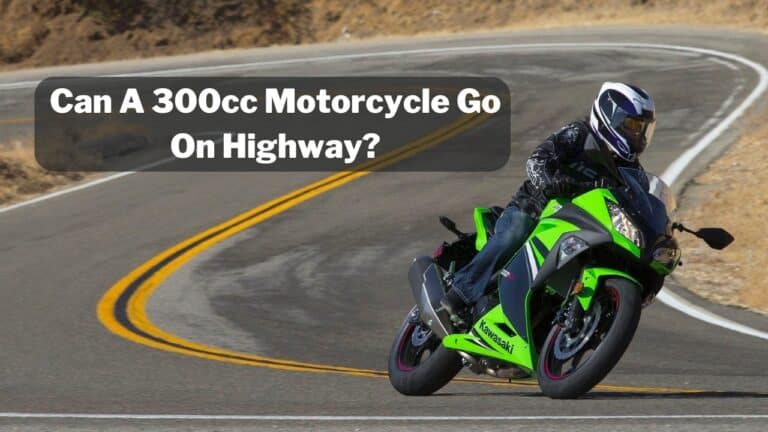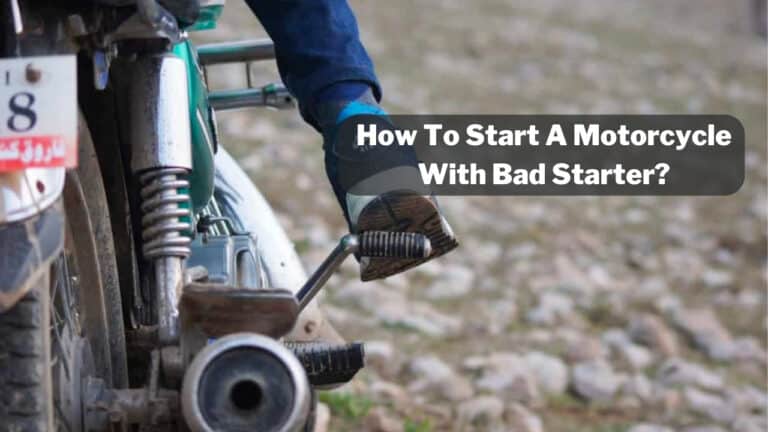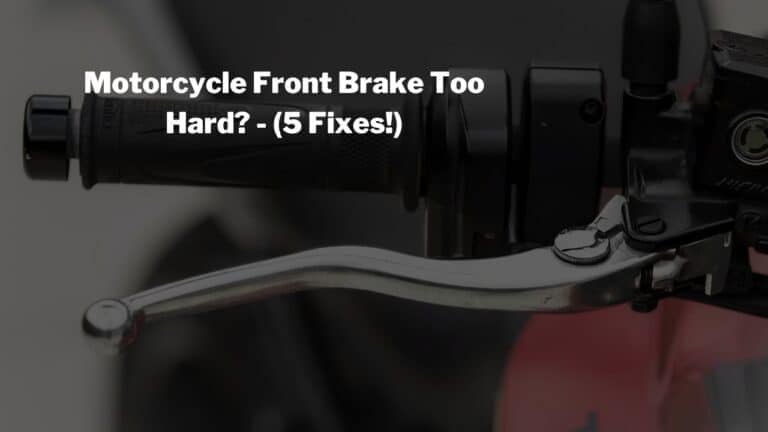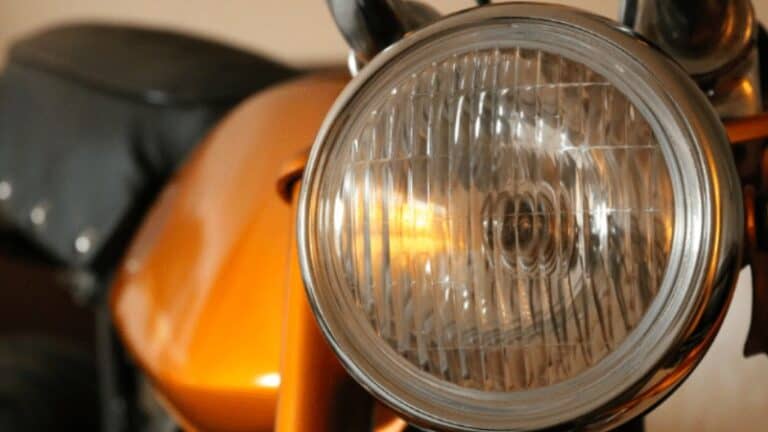Motorcycle Died While Riding And Won’t Start? (Try 8 Quick Fixes!)
Has your motorcycle died while riding, and it refuses to start again? I know it’s frustrating and painful for a motorcycle enthusiast.
But before thinking about towing your motorcycle, you should try some quick fixes. This problem often arises due to minor faults that can be fixed beside the road with basic tools.
Your motorcycle died while riding and won’t start because you might have accidentally pressed the kill switch, the fuel tank has no gas, the main fuse is blown, the spark plug is fouled, or the battery is discharged.
I have been in this situation several times and successfully troubleshooted the issue on the spot in a few minutes.
In this guide, I’ll share eight quick things to check when a motorcycle dies while riding and won’t start.
Table of Contents
What To Do If Motorcycle Died While Riding And Won’t Start Again?
Towing your motorcycle to a mechanic shop is the last option, but before that, you can do some basic troubleshooting on the spot.
I have listed some basic troubleshooting below for a motorcycle that dies while riding and refuses to start again.
1. Set Kill Switch To Run Position
I was checking a Reddit post where a beginner motorcycle rider faces this issue on his motorcycle. Many beginner riders don’t know the function of the kill switch located near the throttlebar.

Sometimes, riders accidentally press the kill switch that stops the ignition process, and the motorcycle dies.
If the kill switch is not set to run position, the motorcycle won’t start despite countless tries. Because it breaks the circuit of the ignition system to stop the motorcycle in an emergency.
So, you must ensure that your motorcycle kill switch is set to run position before pressing the starter switch.
2. Ensure The Fuel Tank Has Gas
It sounds simple, but you’d be surprised how often this is the culprit. Did you forget to check your fuel gauge before you hit the road?
Even the most advanced bikes can’t run on fumes. Ensure there’s gas in the tank—sometimes, gauges are faulty!
I advise you to open the fuel tank cap and look inside with your smartphone flashlight. If there is no gas inside, refill at nearest gas station.
Sometimes, leaning a motorcycle on the left side fills the carburetor with left-out gas from the fuel tank, and your motorcycle may go several kilometers.
But I don’t recommend the leaning process on heavy and fuel-injected motorcycles.
3. Check Main Fuse
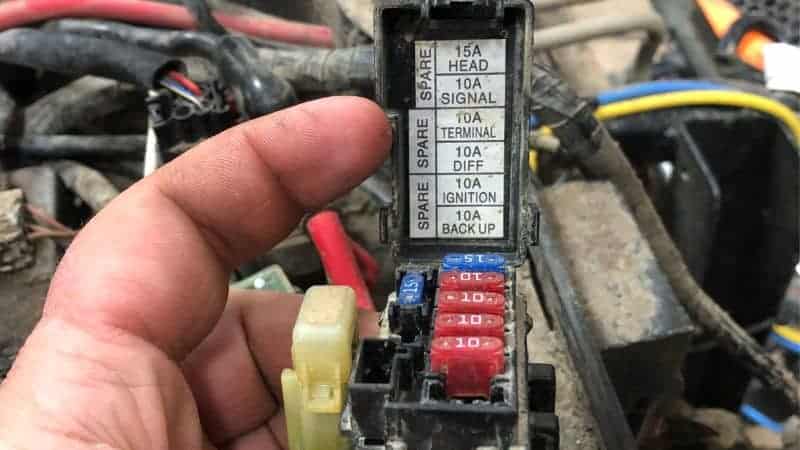
Your motorcycle has a fuse box that protects the electrical circuit from amperage fluctuations.
In case of overcurrent flow, the fuses blow and prevent the circuit and connected accessories from damage.
If no light appears when turning on the ignition key, it’s a strong sign of a blown main fuse.
Locate the fuse box, inspect the main fuse, and replace it with a blown fuse with the same amperage rating.
After replacing the blown fuse, turn on the ignition key and press the start switch. Your motorcycle will start with no hassle.
4. Inspect Spark Plug
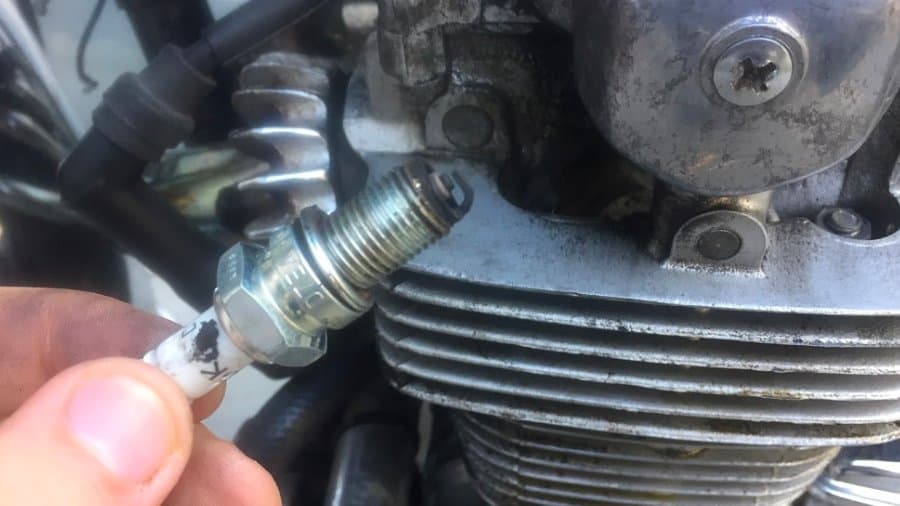
A spark plug is an essential component to keep the motorcycle engine running. Over time, the spark plug wears, or its tip fouls with carbon from the exhaust gases that weaken the spark generation capacity.
A spark plug should be regularly cleaned to keep the engine running, and it must be replaced after 20,000 to 30,000 miles.
Otherwise, a faulty or fouled spark plug won’t let the engine start.
If your motorcycle seems like it starts on pressing the start button but fails, a faulty spark plug could be the culprit.
You should replace your faulty spark plug if your motorcycle fails to start.
5. Check Wire Connections
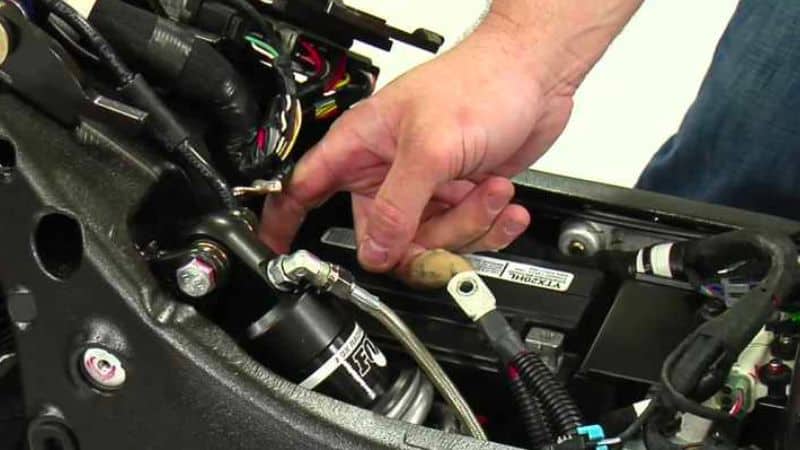
I know you’re frustrated with multiple troubleshooting, but bad grounding or broken ignition wire are common reasons why a motorcycle won’t start.
I advise you to open the seat and inspect the grounding. If you notice any corrosion nearby, clean it and tighten the connection.
Also, inspect the ignition wire and ensure there are no cuts or breakages. There is no other option than replacing the faulty wires.
6. Replace The Battery
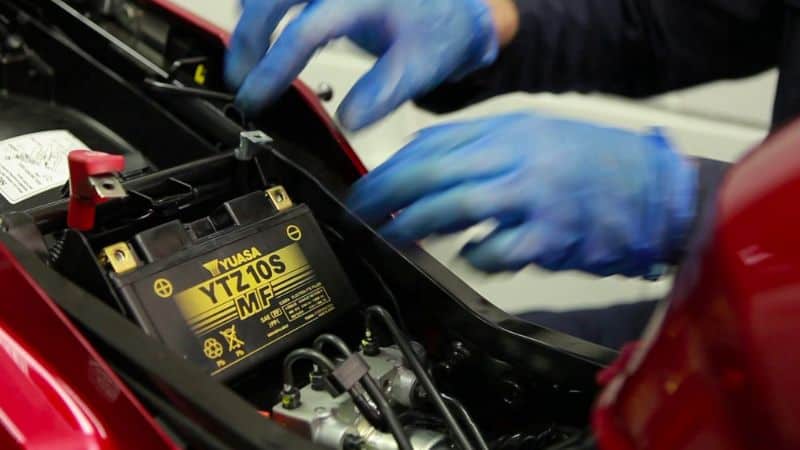
I’m sure you know the importance of a healthy battery on a motorcycle. It not only supplies electricity to the lighting system but also powers the ECM and starter while cranking the engine.
The battery should maintain above 12V normally, and voltage should drop below 10V while cranking.
If your motorcycle battery voltage is dropping below 10V while cracking the engine, you need to replace it.
Your motorcycle battery should maintain the following voltages in various conditions:
- When Engine OFF: Above 12V
- While Cranking: Above 10V
- When Engine Started: Above 13.6V
- On 5000 RPM: 14.1 to 18.5V
7. Replace Regulator-Rectifier
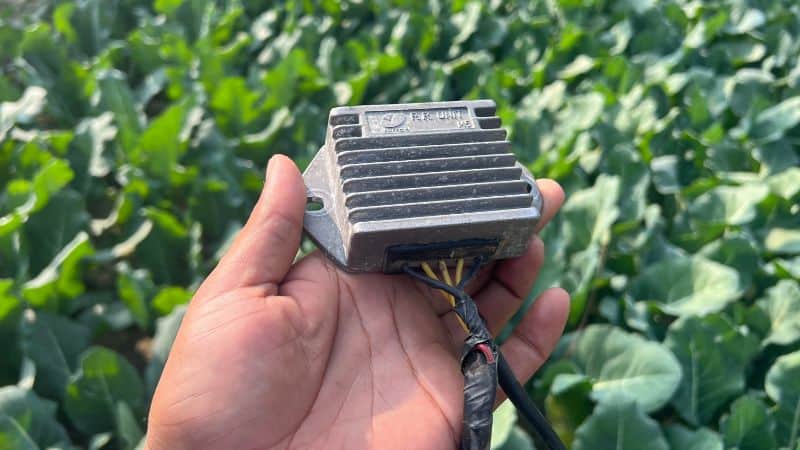
The regulator-rectifier (in short, RR-unit) is an important component that manages your bike’s charging system.
If it fails, your battery won’t charge while riding, leaving you with a bike as lifeless as a phone without a charger. Testing and replacing a faulty regulator-rectifier could resurrect your ride.
8. Replace Fuel Pump
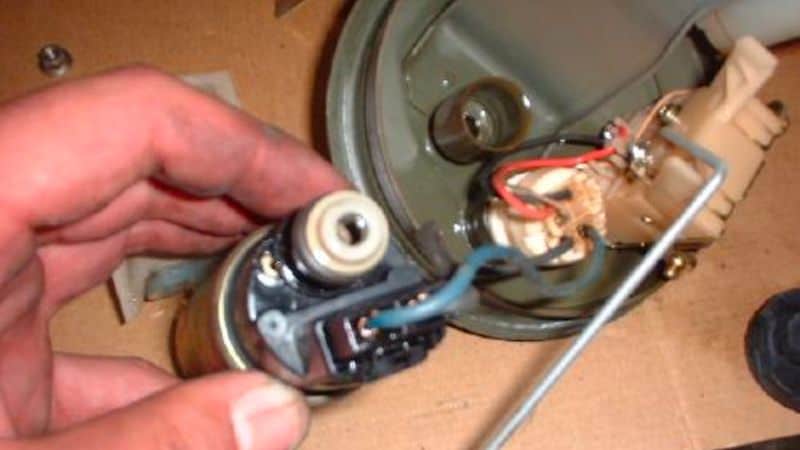
A fuel pump is installed below the fuel tank that pressurizes the gasoline before supplying it to the fuel injector.
If your fuel pump fails, the fuel injector will not atomize the gasoline, and the engine fails to start.
Switch off the ignition key, set the kill switch to the run position, and switch on the ignition key; the fuel pump priming sound must come after switching on the ignition key.
If you don’t hear any priming sound in 3 seconds, it indicates your fuel pump is faulty, and you must replace it.
Additional fixes for Honda motorcycles:
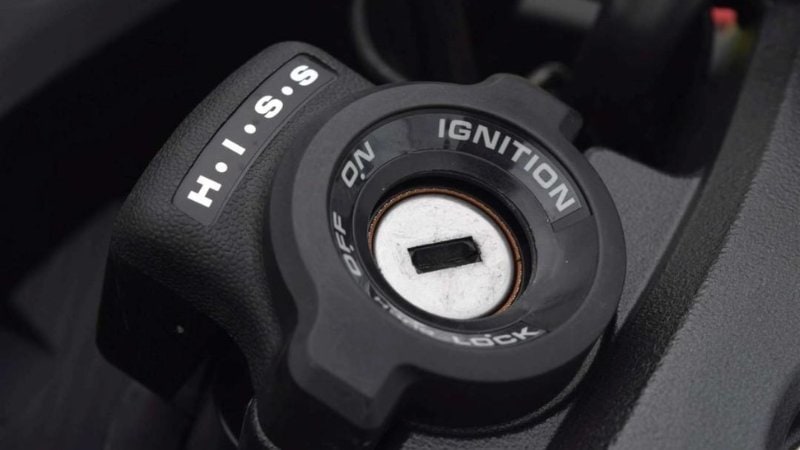
If you own a Honda motorcycle, you might have noticed the HISS light on the dashboard. It’s a theft protection feature that prevents unauthorized access to your motorcycle.
HISS stands for Honda Ignition Security System, detects the unique code of your ignition key and sends the signal to ECU for starting the engine.
If you use a different key or the HISS system is faulty, then your motorcycle won’t start. You need to re-program your new Honda key to start the engine.
The HISS system allows you to program 4 to 6 different keys. So, you can program multiple keys to start your motorcycle in case you lose your key.
In the upcoming guide, I’ll explain a step-by-step process to program multiple Honda keys with the HISS system at home.
Conclusion
When the ride goes silent, remember these eight quick fixes as your roadside allies. With them, a dead motorcycle engine is just a temporary setback, not the end of your journey. Tackle the silence, flip the switch, and let the roar of your bike echo once again. Keep these tips in your back pocket, and you’ll return to ruling the road quickly.
